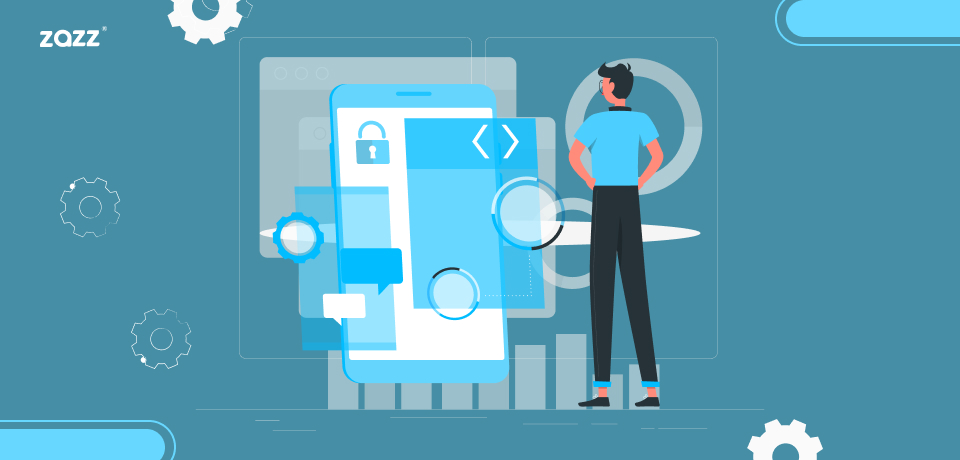The Internet of Things (IoT), a network of connected computing devices, digital machinery, products and people with unique identifiers, allows for real-time data communication without needing human-to-human or computer interaction.
iot development company is rapidly becoming a key tool for many industries. It can help improve operational efficiency, understand customers better, deliver better customer service, make better decisions, and increase the enterprise’s value.
An IoT ecosystem is made up of smart devices with web connectivity that can gather, send and act on data from their environment using embedded systems like CPUs, sensors and communication gear. The cloud can store sensor data collected from IoT devices or be processed locally using an IoT access device or another edge device.
These devices may communicate with each other from time to time, and they can act on the information they receive. Although individuals can interact with these devices to get them set up, retrieve data or give them instructions, the majority of the work is performed by the devices.
The IoT application installed determines which web-enabled devices are connected, what networking protocols they use, and the connectivity. IoT can make data collection easier and more dynamic by leveraging AI and machine learning.
Programming Language Elixir
Jose Valim created Elixir, which is a general-purpose functional programming language. After working on Ruby on Rails, Valim decided to create Elixir. He had run into issues while trying to improve Ruby on Rails’ efficiency. His goal was to create a language that could run on Erlang’s virtual machine, BEAM and be compatible with the Erlang ecosystem.
Elixir’s syntax looks very similar to Ruby’s and is used frequently to create fault-tolerant and scalable applications. Language features include concurrency and fault tolerance, scalability, concurrency, low latency, and fault tolerance.
Data vs. information
While “data” and information are often used interchangeably, they do not necessarily mean the same thing. There are minor differences between the components and their functions. Data is a collection of facts, while information refers to the organization and understanding of these facts. The two components can also be combined to solve problems.
What is Data?
“Facts and Figures” is a simple definition of data. Each piece of information is just a tiny nugget, but it doesn’t really mean anything. Data can be used to refer to one fact or a set of facts. It comes from Latin datum, which is “given”; technically, the single form of data that is correct is datum. However, it is seldom used in everyday speech.
What is Information?
Information can be described as “news or knowledge acquired or provided”. It’s what happens after you have sorted through, interpreted and arranged data. Information is derived from Latin, “formation” or “conception”.
There are main differences between data and information
and data can have different meanings depending on the context. However, the following is a list of the main differences:
- Data is the collection of facts. Information is how you understand these facts in context.
- Information can be structured or organized. Data, however, is not.
- Data is not valuable by itself, but the information is.
- Data is the raw form of numbers, words, or characters. This information does not need to be shared.
- Data is the foundation for information.
What skills are required for IoT development?
The Internet of Things field employs IoT skills to monitor and design devices such as mobile phones. Professionals in this field have a wide range of skills when it comes to connecting physical objects with the internet. Cloud technologies could be used to exchange sensor data in the construction of a self-driving car. These are six examples of IoT skills:
1. Machine Learning and Artificial Intelligence
Those in the IoT sector use artificial intelligence and machine learning to assist in decision-making. This ability allows them to identify patterns and structures in sensor data. Artificial intelligence is a tool that can be used to improve data processing and productivity.
2. Programming Languages
It can be helpful to know the common coding languages used in IoT (Internet of Things). Experts program IoT devices frequently to create secure systems using faultless code. Here are some languages you can learn



